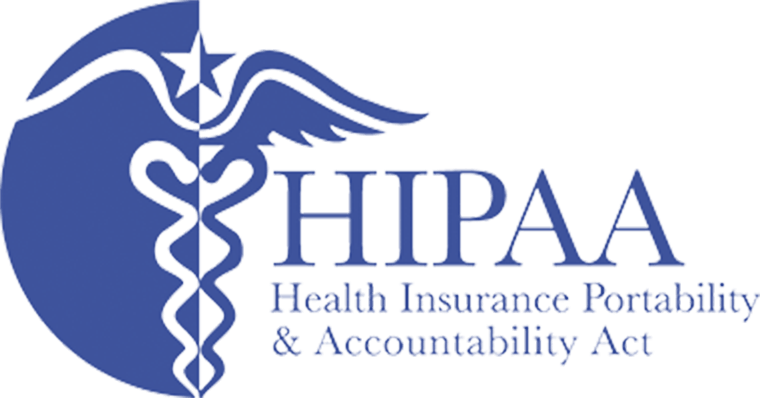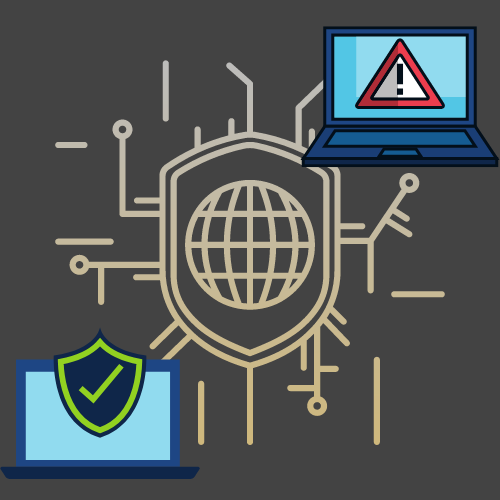IT Professionals Tools and Services
Commonly used OIT tools, services, and resources for IT professionals. To view all services, browse all tools and services.
Receive system status updates directly to your phone or email when you sign up for Statuspage. Customize which alerts and notifications you receive so you only get information pertinent to you.
Review the complete list of system alerts to learn about any planned outages related to OIT.
Get Help
Phone Support
Contact us over the phone for assistance
303-724-4357 (4-HELP from a campus phone)
7:30 a.m. to 6 p.m., Monday - Thursday
7:30 a.m. to 5 p.m., Friday

Chat Support
OIT chat support is currently unavailable. We are working to restore Chat capabilities as quickly as possible.
Please use phone support or one of our self service options for assistance during this time.

Self Service Portal
Enter a ticket for assistance
24/7 access to the OIT Service Center, your ticket will be replied to during normal hours of operation in the order it was received.
University Access Resources
When connecting from off-campus, there are several remote options based on your needs. You will be prompted for multi-factor authentication through Duo during login to the VPN or VMware Omnissa Horizon for remote access.
See full details
Single Sign On (SSO)
Category: OIT - Categories OIT - Type of software Remote Access Audience: Faculty Staff Students Cost: FreeAuthentication services to university units for departmental or campuswide applications that require the authentication of users based on their affiliation with the university.
See full details
Information Technology Advisory Community (ITAC) Resources


HIPAA Compliance for Data Security
The Health Insurance Portability and Accountability Act (HIPAA) is important for all university faculty, staff, and students to follow. IT professionals help uphold HIPAA compliance when it comes to data security and other device security measures. Stay up to data on HIPAA security policies and practices for the university and CU Anschutz Medical Campus.
Additional Tools and Resources
Phishing Emails
Category: Email IT Security IT Security OIT - Categories OIT - Type of software Audience: Faculty Staff Students
Phishing is a psychological attack used by cyber criminals to trick you into giving up information or taking an action. Learn more about recognizing phishing attempts.
Phishing Attacks
Phishing is a psychological attack used by cyber criminals to trick you into giving up information or taking an action. Phishing originally described email attacks that would steal your online username and password. However, the term has evolved and now refers to almost any message-based attack. These attacks begin with a cyber criminal sending a message pretending to be from someone of something you know, such as a friend, your bank, your company or a well-known store.How to Recognize a Phishing Attack
- A URL inconsistent with the message (for example, a message that claims it is from the service desk but does not include ucdenver.edu or cuanschutz.edu in the URL)
- Spelling errors, poor grammar and odd formatting
- A reply-to email address that is not from "ucdenver.edu" or "cuanschutz.edu"
- A request for a password or other sensitive data
- Generic greetings, like "Dear customer"
- Threat to delete account if no action is taken
Remember that legitimate companies and organizations will never ask for passwords, social security numbers, and other sensitive data via email.
How to Know if Your Account is Compromised
- You are unable to login to your account because hacker changed the password or it’s clearly disabled or locked
- You are unable to send email to external addresses because Microsoft blocked it
- You notice missing emails or returned undelivered emails
- You find an unknown forwarding email or deleting email rule in place
- You see multiple unknown sent items appear in the “Sent Items” folder
